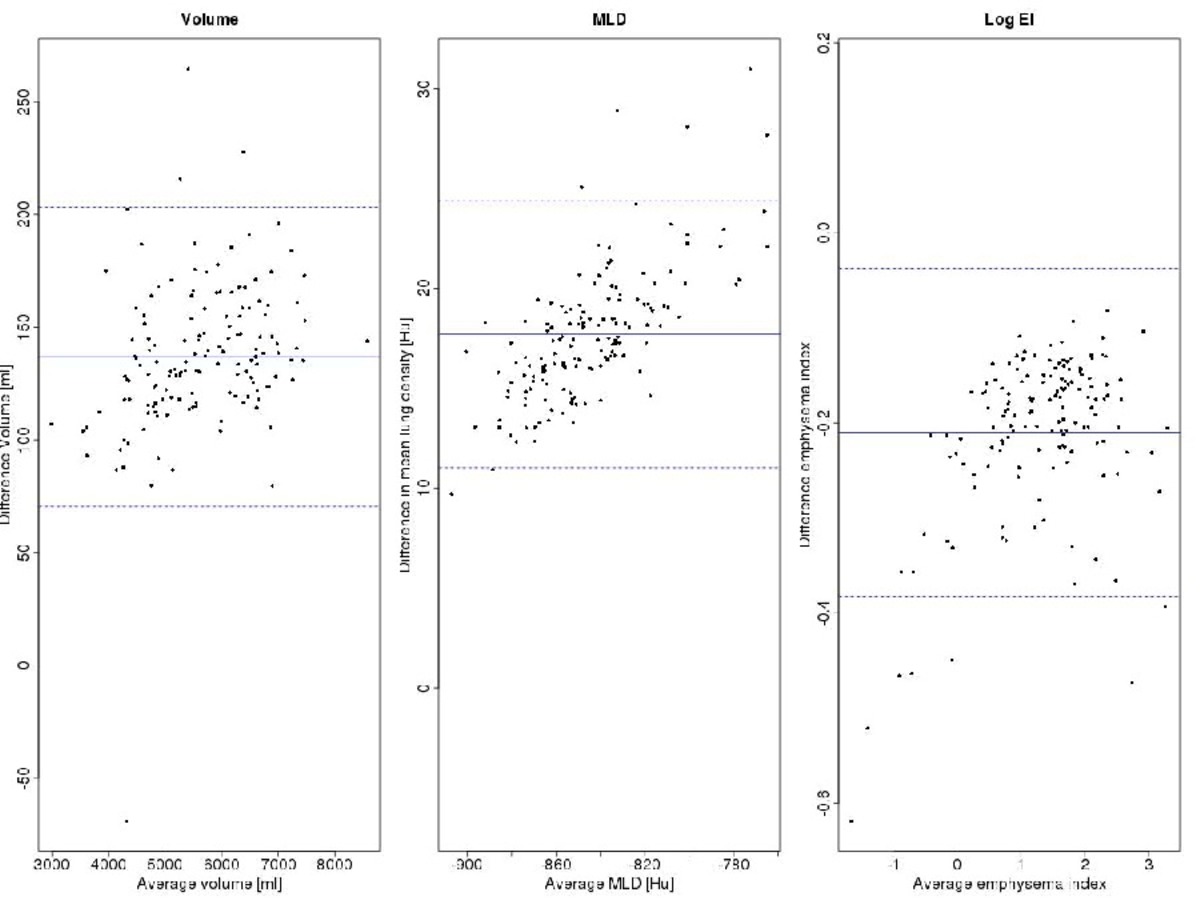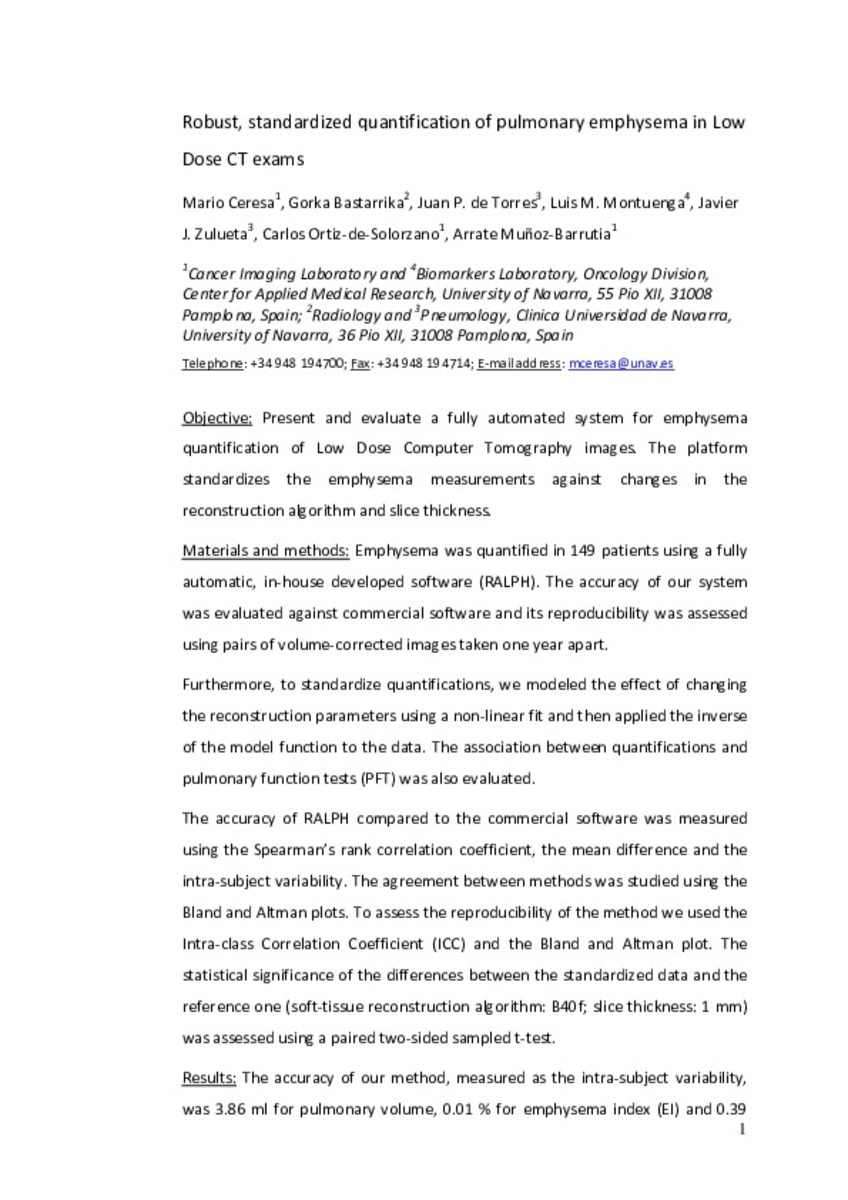Robust, Standardized Quantification of Pulmonary Emphysema in Low Dose CT Exams
Palabras clave :
Emphysema index
Automatic quantification
Low-dose CT
COPD
Fecha de publicación :
2011
Cita:
Ceresa M, Bastarrika G, de Torres JP, Montuenga LM, Zulueta JJ, Ortiz-de-Solorzano C, et al. Robust, Standardized Quantification of Pulmonary Emphysema in Low Dose CT Exams. Acad Radiol 2011 Aug 17.
Aparece en las colecciones:
Estadísticas e impacto
0 citas en

0 citas en

Los ítems de Dadun están protegidos por copyright, con todos los derechos reservados, a menos que se indique lo contrario.












